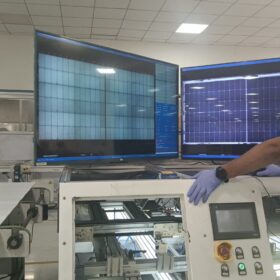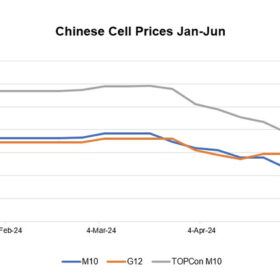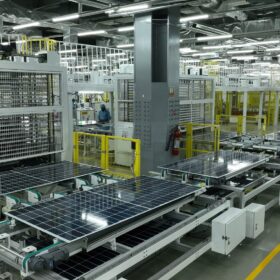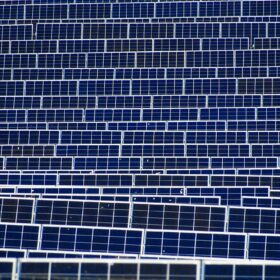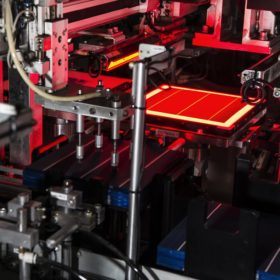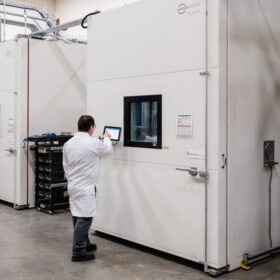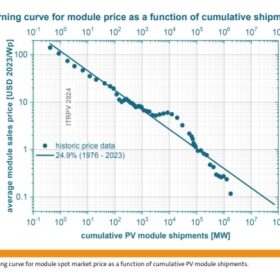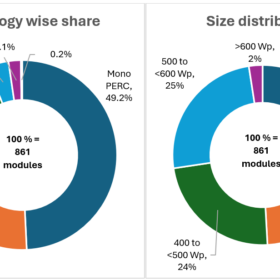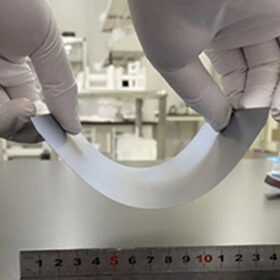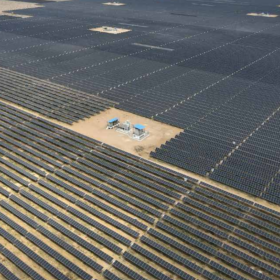Waaree Energies rated top performer in Kiwa PVEL’s PV Module Reliability Scorecard 2024
Waaree Energies Ltd has been recognized as one of the top performers in Kiwa PVEL’s tenth annual PV Module Reliability Scorecard 2024. This is the third consecutive year that Waaree Energies has received this recognition.
Solar cell prices hold steady in quiet market
In a new weekly update for pv magazine, OPIS, a Dow Jones company, provides a quick look at the main price trends in the global PV industry.
Adani Solar top performer for seventh year in Kiwa PVEL’s PV Module Reliability Scorecard
Adani Solar is the only Indian manufacturer to be rated Top Performer for seven consecutive years in PVEL testing for PV module quality and reliability.
Solar panel import tariffs are affecting the US industry by increasing prices by up to 286%
Clean Energy Associates released a summary of the seven solar module trade policies and solar panel import tariffs currently in place, including AD/CVD rulings, Section 201/302, and the Uyghur Protection Act. These tariffs have significantly increased, or will increase, the cost of hardware imports into the United states – predominantly from China, but not exclusively – by 91% to 286%.
Vikram Solar modules top performer for seventh time in PVEL testing
Vikram Solar’s Paradea 108/120/144 half-cut cell modules were recognized as top performers in PVEL testing.
PVEL releases tenth edition of ‘PV Module Reliability Scorecard’
The independent test lab Kiwa PVEL names 53 manufacturers and 388 models–a record number of Top Performers in the ten-year history of the Scorecard.
ReNew posts profit for fiscal 2024
ReNew Energy Global achieved profitability with a net profit of $50 million for FY 2024, compared to a net loss of $60 million for FY 2023. Annual revenue surged to $1,158 million.
ITRPV says solar module prices fell 50% in 2023
The new edition of the International Technology Roadmap for Photovoltaic (ITRPV), published this week, reveals that the world’s installed PV capacity reached 1.6 TW at the end of last year. The learning curve, which reflects average module prices relative to cumulative shipments, is 24.9% for the period from 1976 to 2023.
72% of solar PV modules enlisted in the latest ALMM list are of high-efficiency technologies
Out of the 861 solar PV modules currently enlisted in ALMM, the majority (around 72%) are from high-efficiency technologies. With a 49% share, mono PERC is the most dominant module type in ALMM. Encouragingly, emerging PV module technologies such as n-type TOPCon, Bifacial n-type TOPCon, and Bifacial Mono PERC also account for a significant share of around 22.5%.
IEC lays ground for flexible silicon solar module standards
In its second monthly column for pv magazine, the IEC highlights the research on flexible crystalline silicon solar cells led by researcher Zhengxin Liu, the Vice Chair of IEC Technical Committee 82, which prepares standards for solar PV energy systems.
